Transcript:
[0m:5s] Hi, I'm Josh Bloom, welcome to another video in the RSP Supply education series. If you find that these videos are helpful to you, it certainly helps us out if you could give us a big thumbs up and subscribe to our channel.
[0m:17s] In today's video, we are going to be talking about electrical grounding.
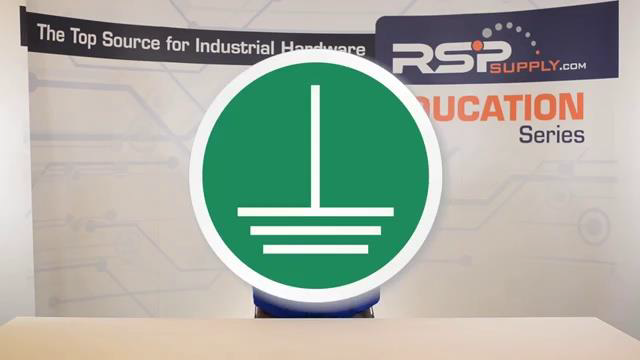
[0m:22s] More specifically, we want to talk about some of the most common mistakes that are made in our electrical grounding systems.
[0m:29s] The main reason for grounding in electrical systems is safety.
[0m:34s] It is common to see electrical equipment comprised of some form of metallic housing that can potentially become energized due to many different factors.
[0m:45s] Also, grounding helps dissipate large amounts of energy in the event of a lightning strike.
[0m:52s] In short grounding is essential for safety and the overall functionality and longevity of our electrical systems.
[1m:0s] So, let's talk about some of the areas where people commonly make mistakes when installing these systems.
[1m:7s] Number one: choosing the wrong grounding wire.
[1m:11s] Making sure you have low impedance to ground is critical to any grounding system.
[1m:17s] When you are looking to select your grounding conductor, it is important to find something that can handle the potential load it may encounter.
[1m:26s] The thicker the wire you select, the more easily current will be able to flow through it.
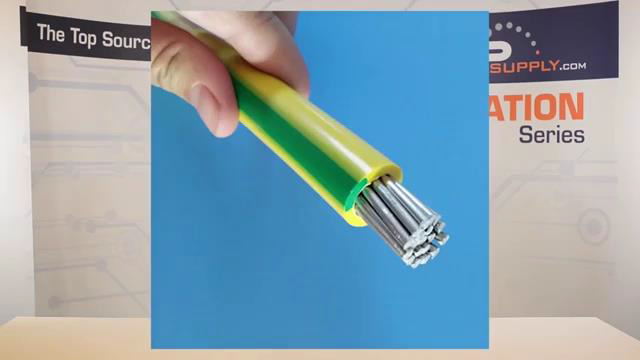
[1m:33s] When thinner wire is used, it will raise the impedance of your grounding system, which can cause all sorts of problems such as overheating of the wire, fires or, even potentially damaging electrical equipment.
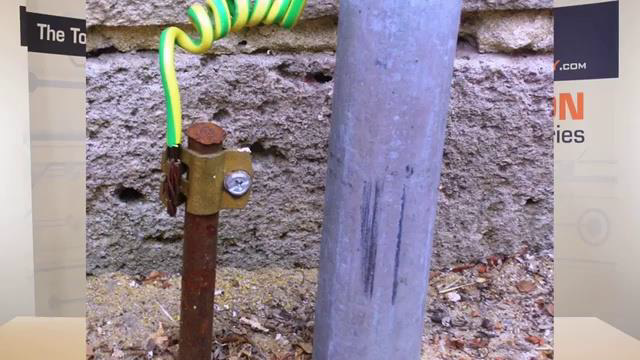
[1m:48s] The size of the ground wire should pertain directly to the short circuit current ratings of the system and the overcurrent protection devices in use. So, make sure to select the properly sized grounding wire for your system.
[2m:4s] Number two: not checking to see if your ground system functions after installation.
[2m:11s] Once your grounding system has been fully installed, it is common to move on to the next step in your electrical process. This is a mistake, because you have failed to make sure that the grounding system was installed correctly.
[2m:26s] There are several things that can be done to make sure your system functions properly.
[2m:30s] A few common tests are making sure your grounding system has been bonded properly. This can simply be done with a multimeter.
[2m:39s] Make sure that your grounding system is tied to your main system neutral at one point in your system only, if it is applicable to your system.
[2m:49s] Another is to make sure that the resistance that your system is reading to earth ground is no more than 25 ohms, which is mandated by the NEC.
[3m:0s] This test can be done with the three point method which uses three different rods while applying current to some and checking resistance between others.
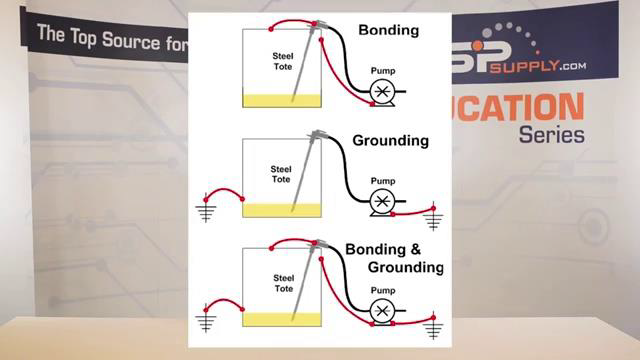
[3m:11s] If these few steps are followed, you can ensure that your system will function as expected.
[3m:16s] Number 3:
[3m:18s] Not installing enough supplementary hardware to meet NEC requirements.
[3m:24s] In many cases, a simple ground rod is used to establish the necessary Earth ground connection. However, it is very common that this method does not meet NEC code, which again, states at the resistance to earth ground be no more than 25 ohms.
[3m:43s] In order to meet this standard, it may be necessary to add additional, supplemental grounding infrastructure, such as an additional ground rod or grounding plate.
[3m:55s] Any additional hardware that is added needs to be properly bonded and spaced in order to meet the desired results and NEC code.
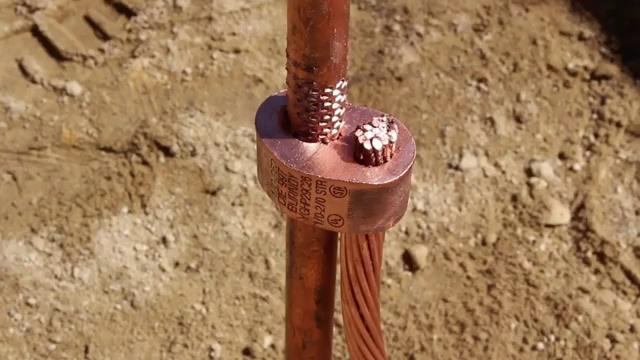
[4m:5s] By taking time to test your system and adding supplementary hardware, you should be able to meet code without any issues.
[4m:13s] Number 4:
[4m:15s] Improper connection of grounding conductors to electrical devices.
[4m:20s] When installing any electrical device, it can be easy to overlook the grounding aspects that may be involved with this install.
[4m:28s] This is because in many cases, the device can function even when no grounding, or when improper grounding is in place.
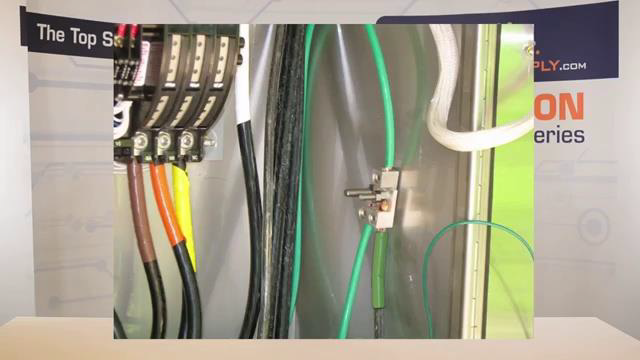
[4m:36s] However, when this situation occurs, it is possible for your electrical device to build up an electrical charge.
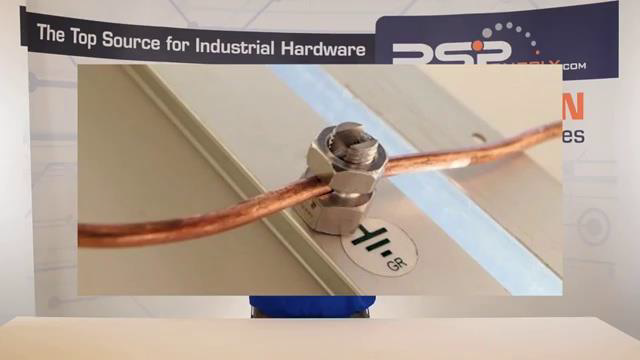
[4m:44s] This energy needs to be dissipated, but because there is no path to ground, the device will retain this energy until it finds a path to ground.
[4m:53s] Unfortunately, in many cases, this path to ground comes in the form of someone touching the device which can then lead to shock hazards.
[5m:3s] So, it is very important that proper steps be taken to ground electrical equipment to your main grounding system.
[5m:11s] These common mistakes are just a few of the many that can be made when working with electrical equipment.
[5m:18s] Is important to understand the NEC and all of the codes that may be pertinent to your grounding system.
[5m:25s] If you follow these rules, your electrical systems will be safe and function as expected.
[5m:32s] For a full line of industrial grounding equipment and thousands of other products, please go to our website. For more information or other educational videos, go to RSPSupply.com, the Internet's top source for industrial hardware. Also, don't forget: like and subscribe.




